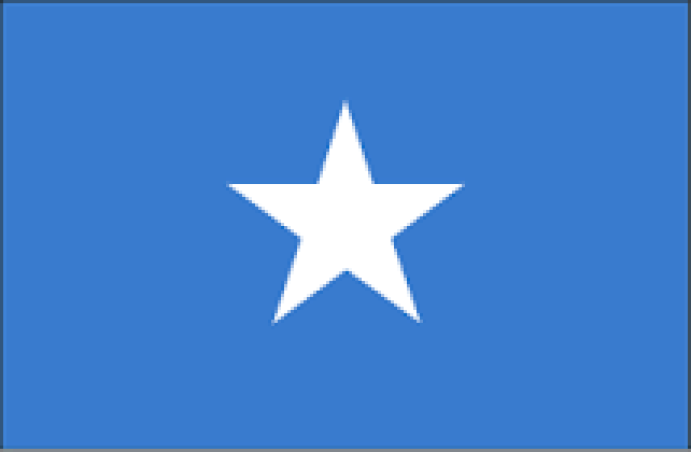Why Somalia may be next goldmine for bold banks

What comes into your mind when you hear Somalia mentioned? Al Shabaab? African Union? Famine? Pirates? KDF? However negative it is, you are not to blame. Somalia hasn’t attracted good coverage in a while.
And you are probably not alone. A Mogadishu-based bank CEO once confided in me the headwinds he ran into while trying to establish correspondent (nostro) banking relationships with external bank(s)—for the obvious reason all the latter could pick out was risk, risk and risk everywhere.
Of course they didn’t proceed. But don’t be fooled, a lot is going on in the country’s economic front. Indeed, Somalia is currently undergoing serious structural reforms—especially in its fiscal as well as financial sector policies. They are now working on consolidating the federal fiscus.
Because Somalia is a federation (essentially, composed of semi-autonomous regions), at the moment, Federal Member States (FMS) collect and appropriate revenues within their collection jurisdictions leaving the Federal Government of Somalia (FGS) to finance federal expenditures from revenues collected in Banadir region only.
For instance,
Indeed the country is resource-endowed. The country is now seriously looking at retooling its resource exploration rights issuance capacity to the extent that all financial proceeds out of any rights issuance will be domiciled in a single federal fiscus.
Essentially, the country is working hard towards capacitising its internal collections—in a bid to move away from direct bilateral budgetary support.
Somalia is also about to re-introduce its local currency, the Somali shilling. The country has not had an official Somali currency since the collapse of Government in 1991 and is excruciatingly dollarised.
The IMF is at the heart of this currency re-introduction. When you hear IMF, that’s over 70 years of experience.
Mobile money penetration
The IMF is also helping retool supervisory capacity of the Central Bank of Somalia (CBS).
They’ve just finished helping CBS establish a bank licensing framework, out of which five banks have been formally licensed. Indeed, formalisation of licensing procedures as well as enactment of other prudential regulations continues to add a coat of credibility and integrity to the sector.
The last I checked, 12 commercial banks had reportedly applied for a banking licence. But it is Somalia’s ubiquitous and staggering mobile money services that should probably raise your eye brows.
In 2016, mobile money penetration stood at 73 per cent, massively towering over the 15 per cent formal banking penetration. According to official estimates, some $900 million was moved through mobile money services, that’s some 16 per cent of Somali GDP.
The figures could be much higher if unofficial flows are factored in. Platforms such as Hormuud’s EVC+ or Telesom’s Zaad, have been driving mobile financial services. Even beggars have become savvy. Outside mosques they plaster telephone numbers across their busts inviting donors.
This ubiquity of mobile money services has continued to drive cashlessness in retail payment front—putting Somalia up in the payment innovation maps—much to the ignorance of the mainstream world, who are only fixated with the country’s insecurity situation.
In my view, for any flows-focused bank (i.e collections and payments), Somalia is a market to seriously consider.
Source: businessdailyafrica
 Africas leading resource for digital financial services
Africas leading resource for digital financial services


comments